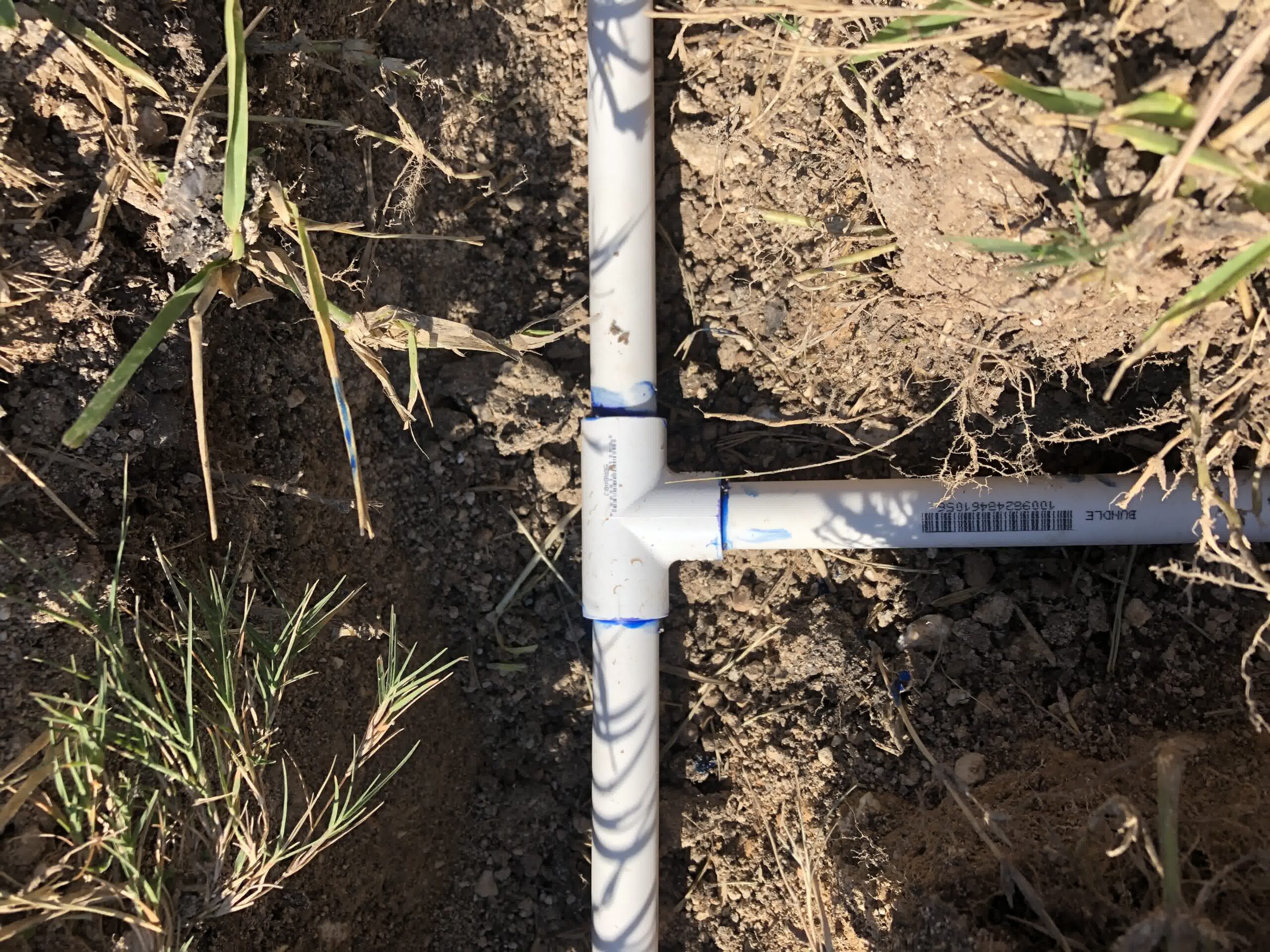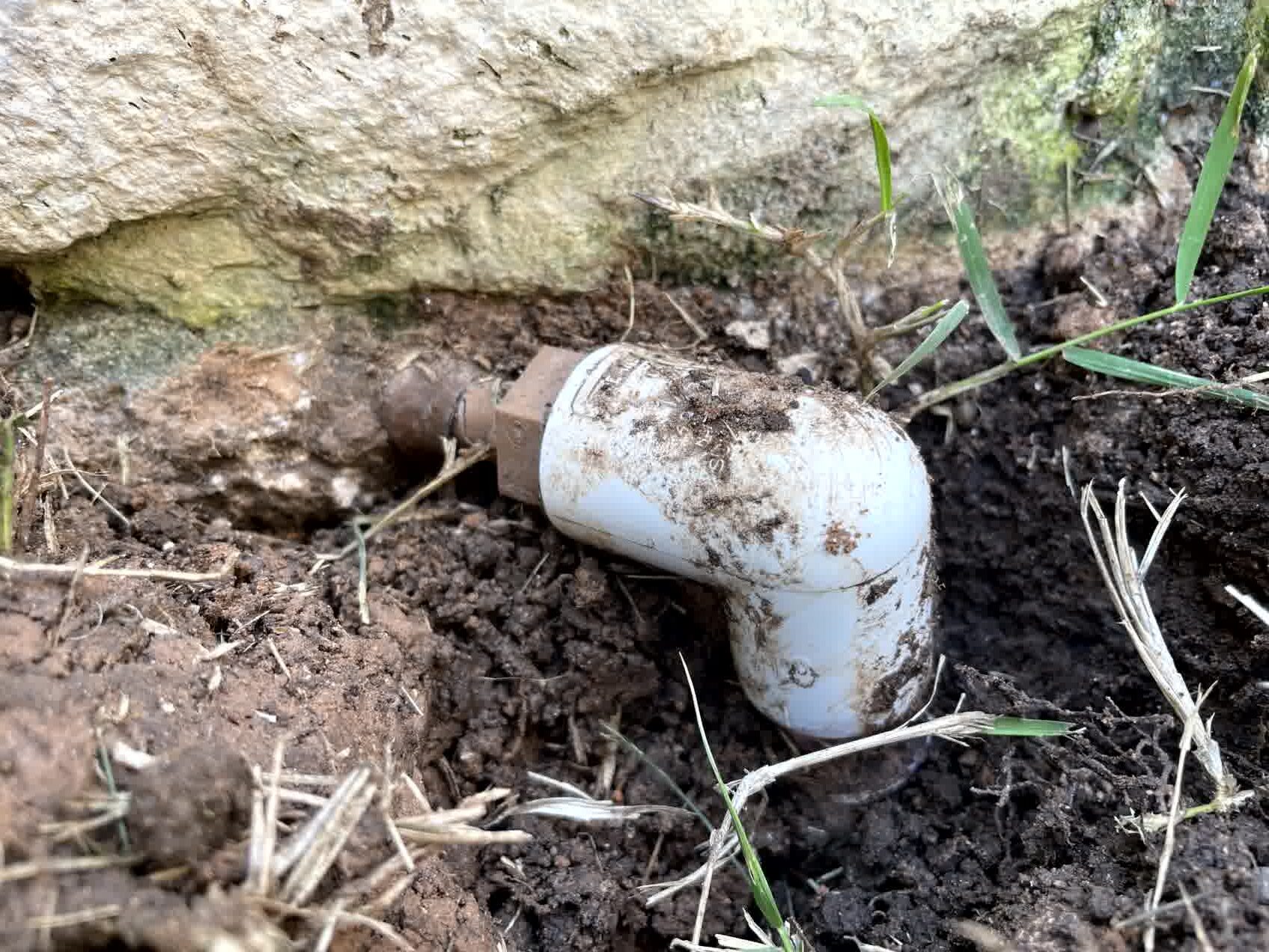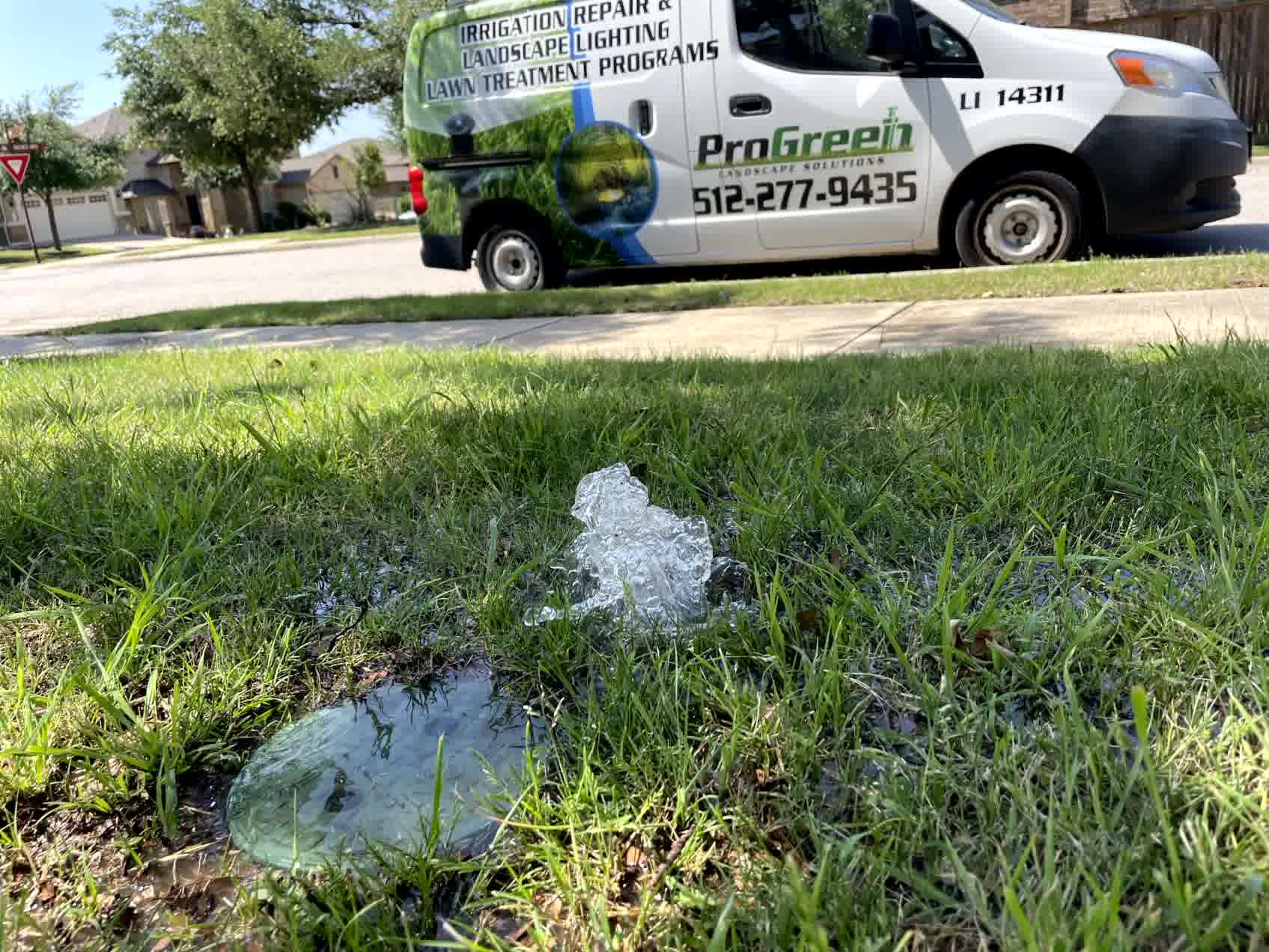Find and Fix Irrigation Leaks Before They Drain Your Yard
Introduction: A leaky irrigation system doesn’t just waste water—it can silently damage your yard, increase utility bills, and compromise plant health. Whether you’re running a simple residential sprinkler setup or a full-scale landscape irrigation system, undetected leaks can lead to soggy patches, dry spots, and frustrating inefficiency. Thankfully, identifying and fixing irrigation leaks can be easier than it sounds, especially when you understand what signs to look for and how to respond quickly. This guide will help you uncover hidden leaks, troubleshoot issues, and protect your lawn from further damage.
How to Know If You Have an Irrigation Leak
Subtle Signs of Trouble
Sometimes, irrigation leaks aren’t immediately visible. The most obvious sign may come in the form of higher water bills, even when your usage habits haven’t changed. You might also notice inconsistent water pressure or puddles forming in areas where they shouldn’t. Brown or dry spots in the lawn can suggest that some zones aren’t getting enough water, while unusually green or mushy patches could indicate oversaturation due to leaking underground lines. Even mold or mildew growth near sprinkler heads or valves can point to moisture lingering where it shouldn’t.
Checking Your System Zone by Zone
The most effective way to start diagnosing a potential irrigation leak is to run a manual inspection by activating each zone of your system individually. Walk through your yard as each section is watering. Observe the sprinkler heads and the surrounding soil. Look for heads that are sputtering, not popping up properly, or spraying erratically. These are often signs that there is a break or crack somewhere in the line or the head itself. Pooling around sprinkler heads is another giveaway that water isn’t flowing as it should, possibly due to underground pipe damage.

Pinpointing the Leak Location in Your Irrigation System
Surface-Level Detection Techniques
Surface leaks, such as issues with exposed piping or visible sprinkler heads, are usually easier to detect. Begin by checking all the above-ground fittings and connections. If water is seeping from a joint, it may simply need to be tightened. Rubber washers and O-rings inside connections can degrade over time, causing minor but persistent leaks. Running the system early in the morning or late in the evening, when the soil is cooler and shadows are longer, can make it easier to spot water movement or shimmer on the ground’s surface.
Digging into Subsurface Problems
If you suspect a leak below ground, take a careful approach. First, use a soil probe or a long screwdriver to check moisture levels in suspect areas. If you hit moist soil well below the surface and it’s nowhere near a sprinkler head, that’s a strong indication of a pipe leak. Once you’ve zeroed in on a wet area, you can dig cautiously to expose the pipe and inspect for cracks or breaks. Just be sure to turn off your irrigation system beforehand to avoid further flooding or injury.

Fixing Irrigation Leaks Without Replacing the Whole System
Simple Repairs for Common Issues
For minor issues like broken sprinkler heads or loose fittings, replacements and quick fixes are usually available at any hardware store. Replace damaged heads with matching models and make sure they’re correctly aligned and level with the soil surface. For split pipes, use slip-fix couplings or compression fittings to cut out the damaged section and insert a replacement. Be sure to test the repaired zone thoroughly before burying any components again.
Preventing Future Leaks Through Maintenance
To avoid future issues, it’s wise to regularly inspect your irrigation system, especially before the peak growing seasons in spring and summer. Schedule seasonal maintenance to check for debris buildup in sprinkler heads, test water pressure, and ensure each zone is performing properly. Installing a smart controller with leak detection capabilities can also alert you to problems before they become expensive repairs. Mulching around heads and drip lines can help protect them from sun exposure and damage from lawn equipment.

Conclusion
An irrigation system leak doesn’t need to be a costly or overwhelming problem. With a careful inspection routine, a basic understanding of common signs, and a few repair skills, homeowners can quickly detect and fix issues before they spiral. Taking the time to check for uneven watering, damp patches, or inconsistent sprinkler performance can not only prevent water waste but also keep your landscape healthy and green. And for those times when the leak proves elusive, reaching out to a professional is always a smart move to avoid further damage or system-wide failures. Get in touch with us to learn more about our irrigation services as well as our Irrigation, Sprinkler Repair & Irrigation System Repair services.

"*" indicates required fields

